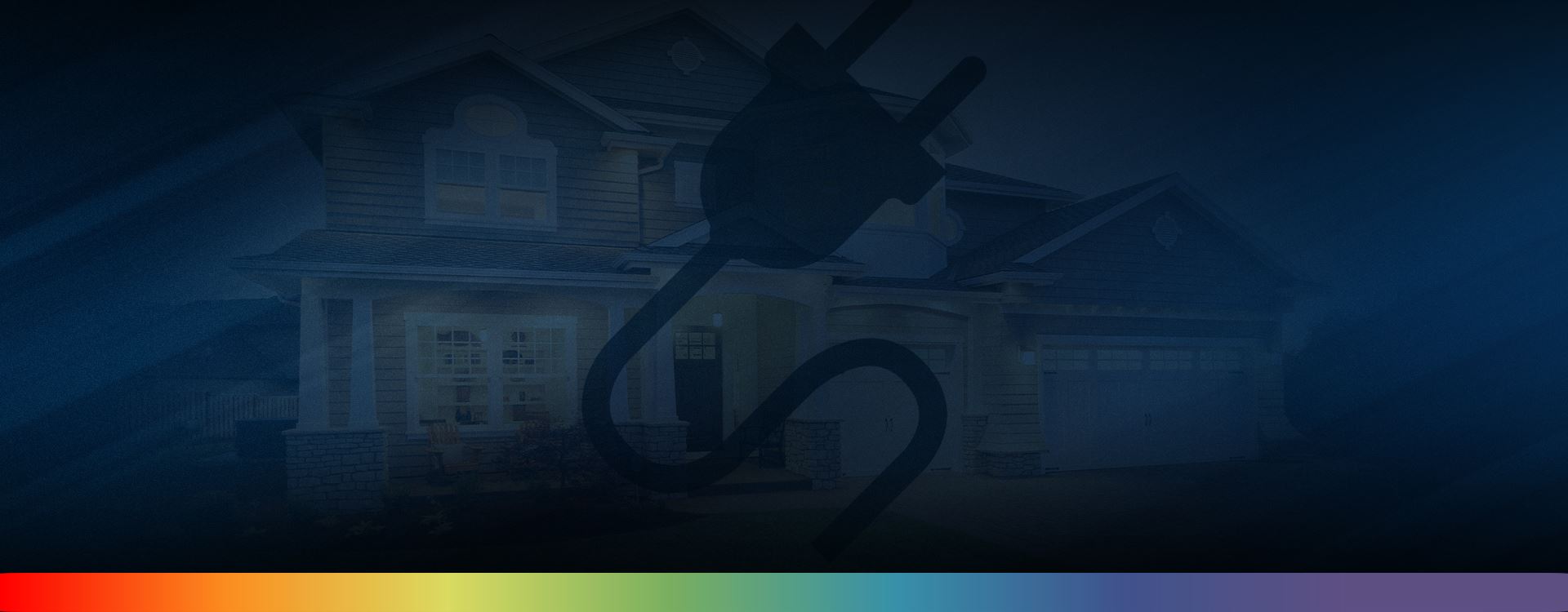Planning:
When planned carefully, landscape lighting can provide both additional security and beauty to your home. If you’ve been considering adding lights to highlight your home’s landscape, you are in luck, there are plenty of options and even more online videos covering the topic. The first step is to research options available so that you get the best lights and create the best layout for your home. One of the great things about adding lights to your landscape is that it can be done gradually. The last thing you want to do is add too many lights which will ultimately have the opposite effect on your property. We recommend that you jot down notes about the type of light installations you like in your area or online as you start to create your plan.
Outdoor Lighting Voltage:
Keep in mind that bright lights and security light applications for larger areas require 120 volt and have special installation requirements. In these types of applications, we recommend that you find a certified local electrician for installation. You will also need to verify that they are UL (stands for “Underwriters Laboratory”) and simply means that they are tested and meet industry safety requirements. In addition to UL, make sure they are certified for outdoor use. For applications that require less light, for example, path lights, accent lights or flood lights low voltage fixtures (12-15v) will be sufficient.
Outdoor Light Applications:
Below are the most common types of outdoor light applications with examples of each so you can begin planning and selecting the right lights for your project:
- In-ground lights: These lights can be either 120v or low-voltage fixtures and are placed in the ground near the area to be illuminate. They generally offer some level of adjustment so you can highlight that tree, fence, or even landscape features along the side of your home.
- Floodlights: Like in-ground lights these can be 120v or low-voltage fixtures and are best used to highlight large areas. You might use these to illuminate your driveway, landscape, water features or trees.
- Entry Sconces: Entry Sconces are usually 120v and are used to highlight home entries and front porch areas. They come in many styles to allow you to choose one that compliments your home’s style and architecture.
- Path Lights: Just as name says these small light fixtures are typically low voltage and illuminate paths and walkways. These fixtures can be either in-ground or above ground and some are even solar powered.
- Accent Lighting: Accent lights are a type of landscape lighting that add ambiance to exterior areas and compliment landscape features with a warm glow.
Installation and operation:
For a landscape lighting project installation, you will need to be comfortable and physically fit enough to complete a project that requires moderate exertion. Installation will require some digging to run cables and, in some cases, installation of in-ground lights. Next, you’ll need to have a 20-amp GFCI-protected outdoor receptacle to connect your transformer to. If you do not have a protected outdoor outlet you will need to hire an electrician. Once you have a GFCI outlet installed you will need to purchase a transformer. To calculate the size, you need to add up the total wattage of all lights and multiply by 1.25 to determine the size requirements. Finally, determine how you want to control you lights. The options available include timers, wireless keypads, and hard wiring (requires and electrician).
We hope this article provides you with enough information to begin planning your outdoor lighting project. If you need assistance or have questions or need help with your lighting project for free to contact or call us at (678) 324-3117.
